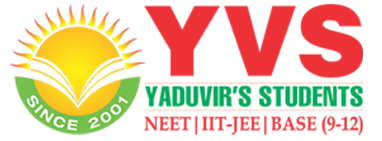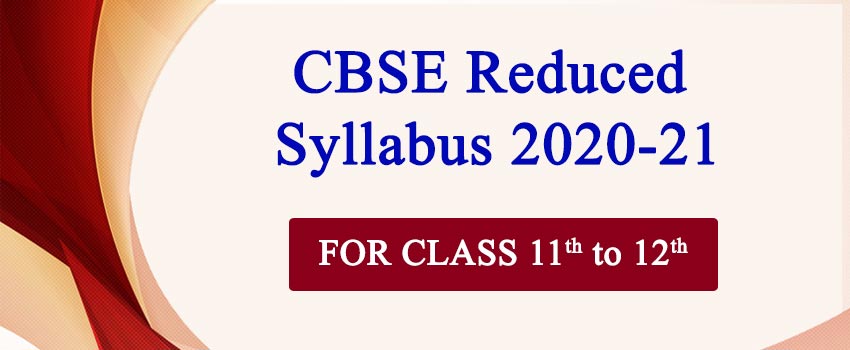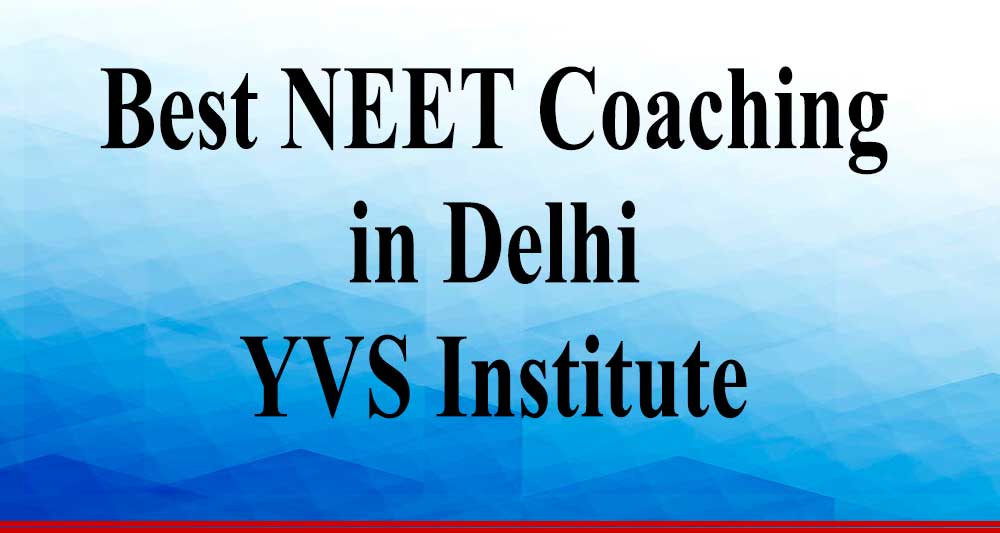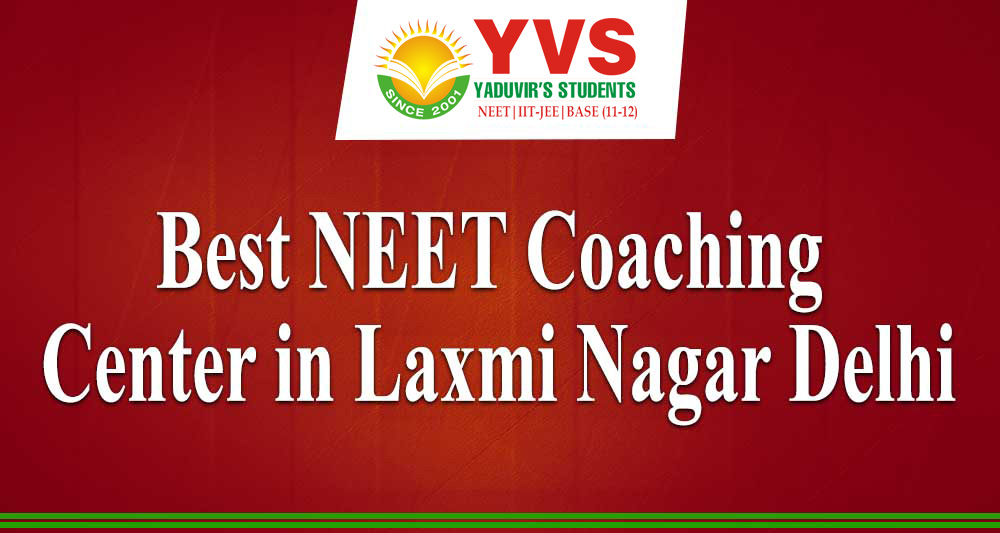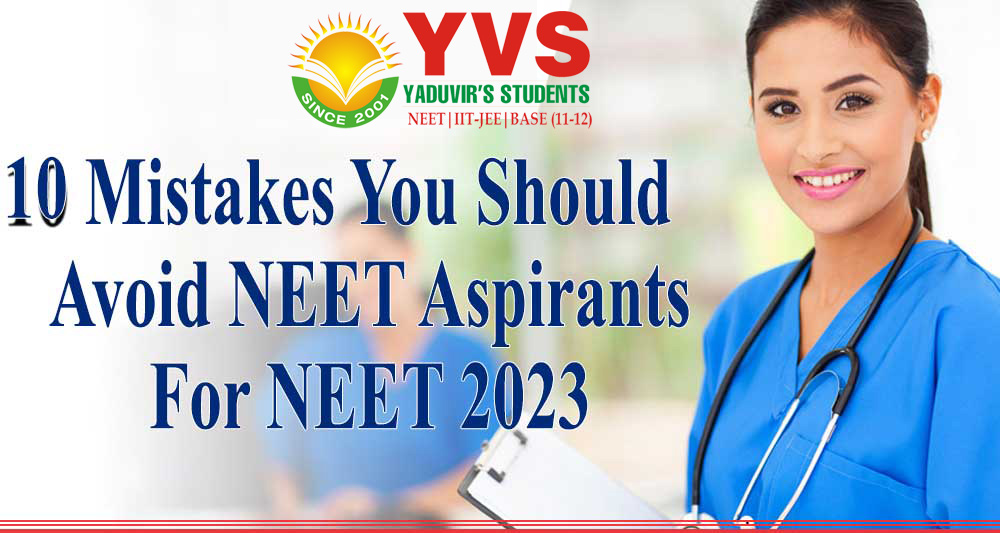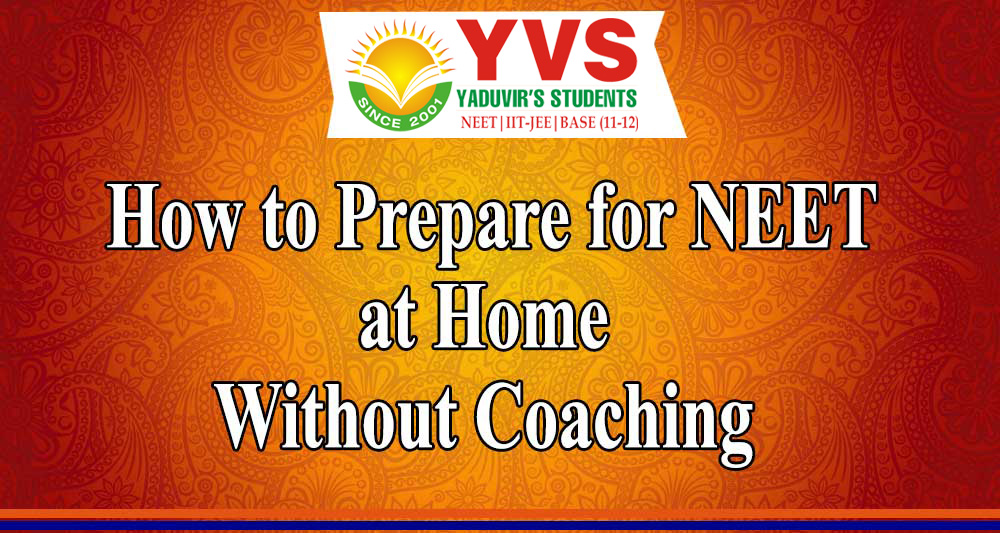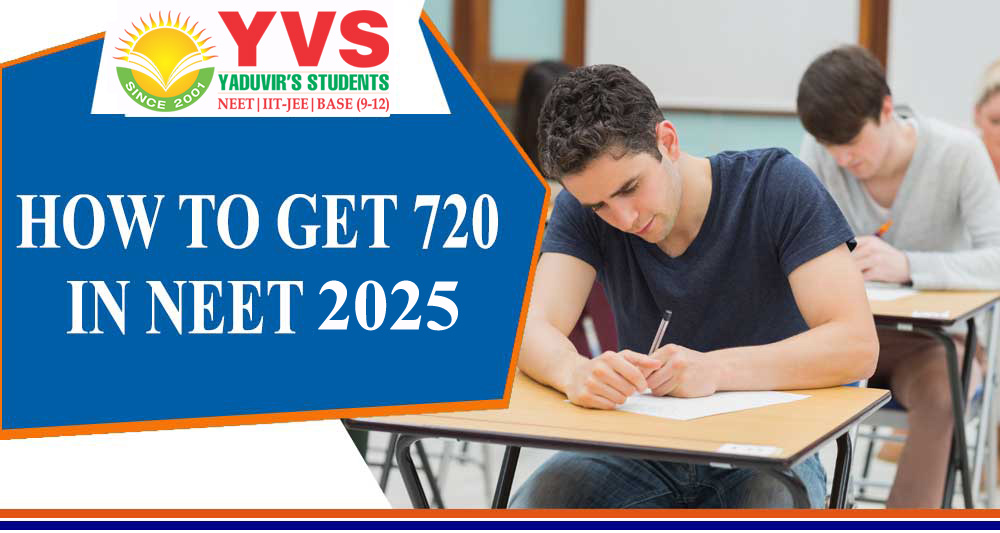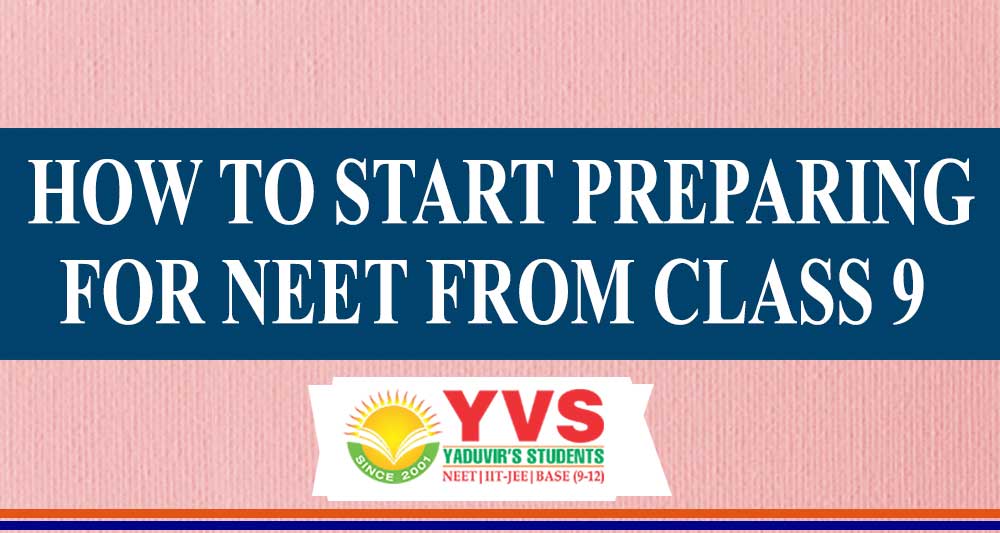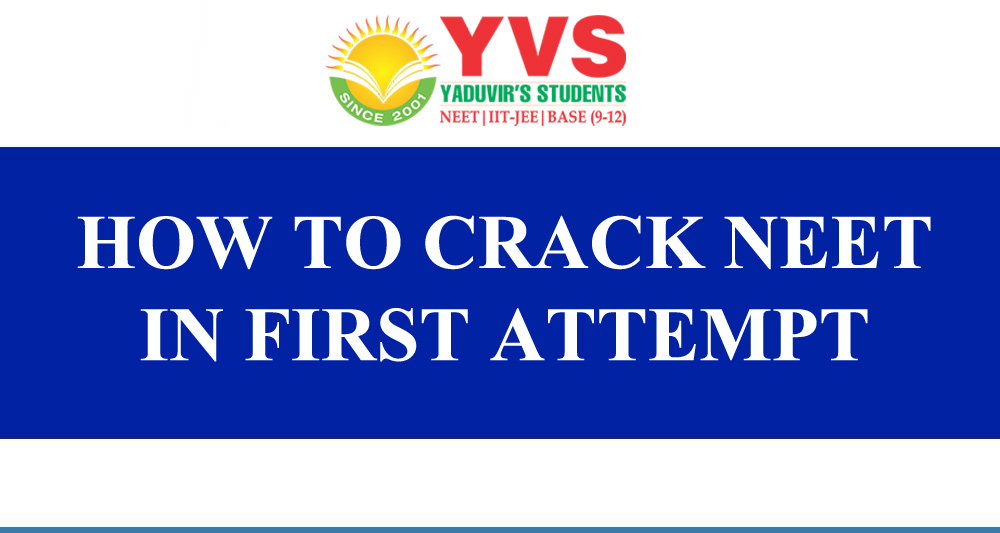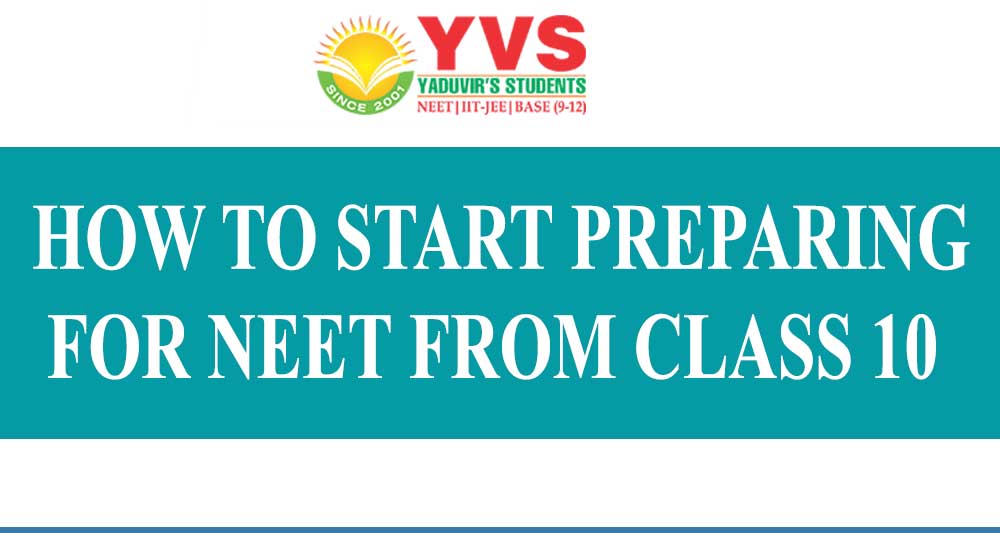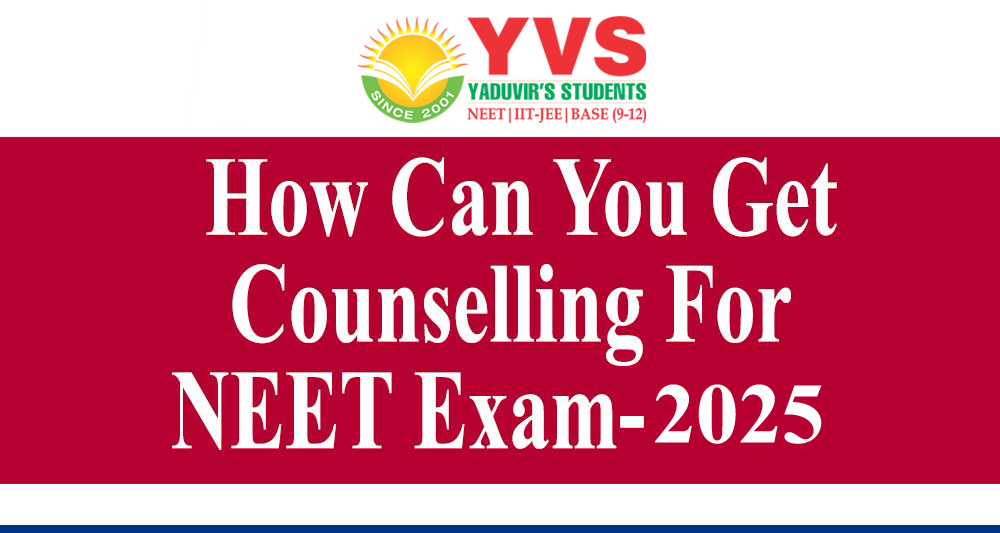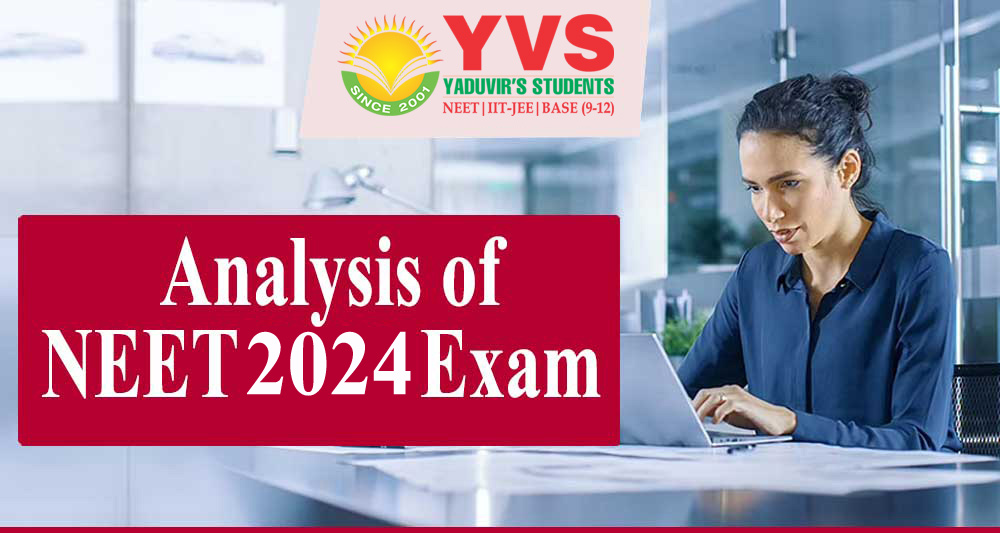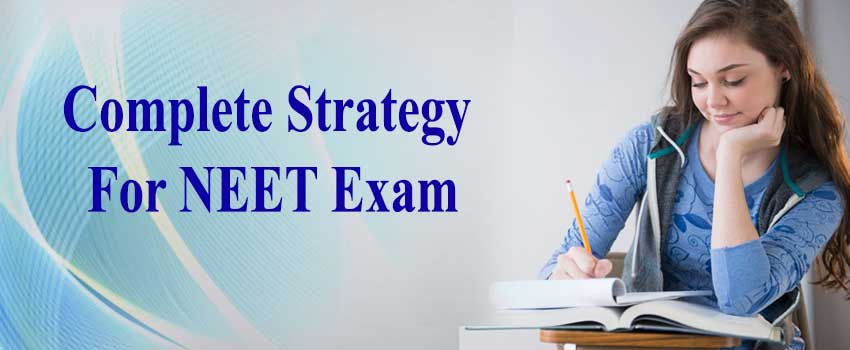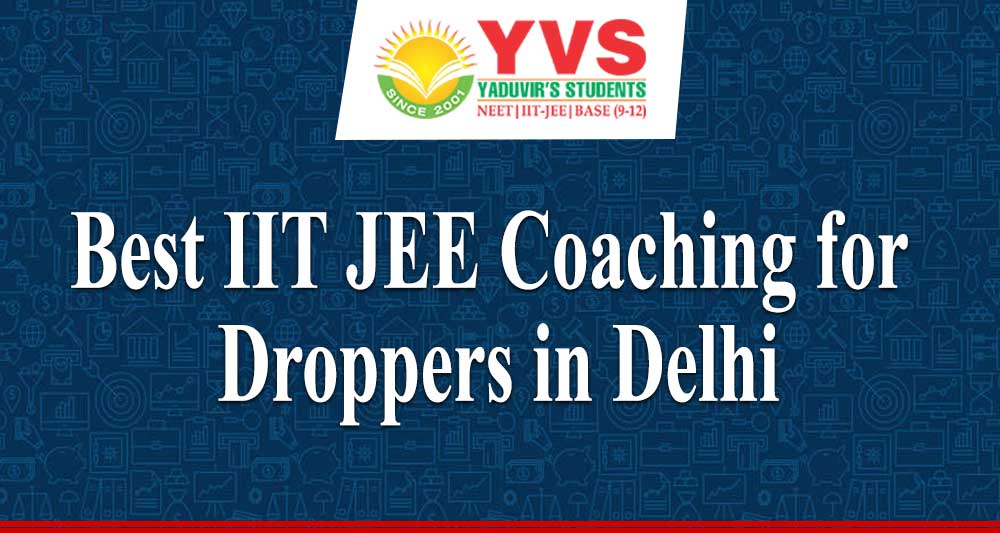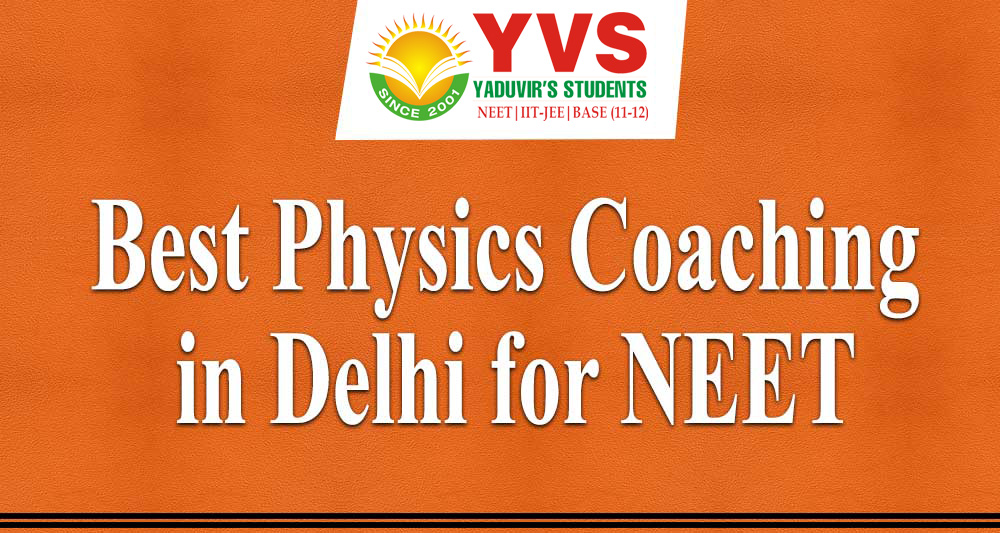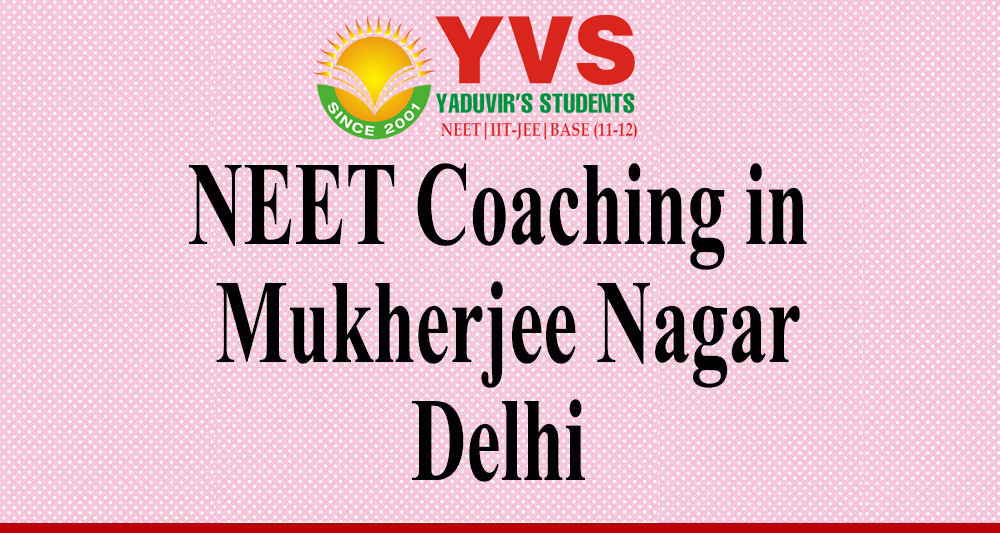DELETED PORTION PHYSICS - 042
CLASS XI
| TOPIC |
| Chapter–1: Physical World Physics-scope and excitement; nature of physical laws; Physics, technology and society |
| Chapter-3 : Motion in a straight line
Frame of reference, Motion in a straight line: Position-time graph, speed and velocity |
| Chapter-5 Laws of Motion
Intuitive concept of force, Inertia, Newton's first law of motion; momentum and Newton's |
| Chapter-7 System of Particles and Rotational Motion
Statement of parallel and perpendicular axes theorems and their applications. |
| Chapter-8 Gravitation
Kepler's laws of planetary motion, Acceleration due to gravity |
| Chapter-9 Mechanical Properties of Solids Elastic behaviour, shear modulus of rigidity, Poisson's ratio; elastic energy. |
| Chapter-11 Thermal properties matter Heat, temperature, Heat transfer-conduction, convection and radiation |
| Chapter-12 Thermodynamics Heat engine and refrigerator. |
| Chapter-15 Waves fundamental mode and harmonics, Doppler effect. |
| Practicals: No investigatory project and Activity to be demonstrated 8 experiments ( clubbed based on skills ) in place of 12 |
| CLASS XII |
| Topis |
| Chapter-1 Electric charges and fields uniformly charged thin spherical shell (field inside and outside). |
| Chapter-3 Current Electricity Carbon resistors, colour code for carbon resistors; series and parallel combinations of resistors |
| Chapter-4 Moving Charges and Magnetism Cyclotron |
| Chapter-5 Magnetism and Matter magnetic field intensity due to a magnetic dipole (bar magnet) along its axis and perpendicular to its axis, torque on a magnetic dipole (bar magnet) in a uniform magnetic field;
|
| Chapter-7 Alternating Current power factor, wattless current. |
| Chapter 8 Electromagnetic Waves Basic idea of displacement current, |
| Chapter 9 Ray Optics and Optical Instruments Reflection of light, spherical mirrors,(recapitulation) mirror formula , Scattering of light - blue colour of sky and reddish appearance of the sun at sunrise and sunset. |
| Chapter-11 Dual Nature of radiation and matter Davisson-Germer experiment |
| Chapter 13 Nuclei Radioactivity, alpha, beta and gamma particles/rays and their properties; radioactive decay law, half life and mean life |
| Chapter 14 Semiconductor Electronics: Materials, Devices and Simple Circuits Zener diode and their characteristics, zener diode as a voltage regulator. |
| Practicals: No investigatory project and Activity to be demonstrated 8 experiments ( clubbed based on skills ) in place of 12 |
DELETED PORTION CHEMISTRY-043
CLASS XI
| S No | Unit | Portion to be Reduced |
| 1. | Some Basic Concepts of Chemistry | Nature of matter, laws of chemical combination, Dalton's atomic theory: concept of elements, atoms and molecules. |
| 2. | Structure of Atom | Discovery of Electron, Proton and Neutron, atomic number, isotopes and isobars. Thomson's model and its limitations. Rutherford's model and its limitations |
| 3. | lassification of Elements and Periodicity in Properties | Significance of classification, brief history of the development of periodic table, |
| 4. | Chemical Bonding and Molecular Structure | |
| 5. | States of Matter:Gases and Liquids | liquefaction of gases, critical temperature, kinetic energy and molecular speeds (elementary idea), Liquid State- vapour pressure, viscosity and surface tension (qualitative idea only, no mathematical derivations) |
| 6. | Chemical Thermodynamics | Heat capacity and specific heat capacity, Criteria for equilibrium |
| 7. | Equilibrium | hydrolysis of salts (elementary idea), Henderson Equation |
| 8. | Redox Reactions | applications of redox reactions |
| 9. | Hydrogen | Preparation, properties and uses of hydrogen, hydrogen peroxide -preparation, reactionsand structure and use; |
| 10. | s-Block Elements | Preparation and Properties of Some Important Compounds: Sodium Carbonate, Sodium Chloride, Sodium Hydroxide and Sodium Hydrogen carbonate, Biological importance of Sodium and Potassium. Calcium Oxide and Calcium Carbonate and their industrial uses, biological importance of Magnesium and Calcium. |
| 11. | Some p -Block Elements | Elements Some important compounds:Borax, Boric acid, Boron Hydrides, Aluminium: Reactions with acids and alkalies, uses. Carbon: uses of some important compounds: oxides. Important compounds of Silicon and a few uses: Silicon Tetrachloride, Silicones, Silicates and Zeolites, their uses. |
| 12. | Organic Chemistry:Some basic Principles and Techniques | methods of purification, qualitative and quantitative analysis |
| 13. | Hydrocarbons | free radical mechanism of halogenation, combustion and pyrolysis. |
| 14. | Environmental Chemistry | Entire chapter |
Practical
The following portion to be deleted
C. Experiments based onpH
a) Any one of the following experiments:
- Determination of pH of some solutions obtained from fruit juices, solution of known and varied concentrations of acids, bases and salts using pH paper or universal indicator.
- Comparing the pH of solutions of strong and weak acids of same concentration.
- Comparing the pH of solutions of strong and weak acids of same concentration.
b) Study the pH change by common-ion in case of weak acids and weak bases.
D Chemical Equilibrium
One of the following experiments:
a) Study the shift in equilibrium between ferric ions and thiocyanate ions by increasing/decreasing the concentration of either of theions.
b) Study the shift in equilibrium between [Co(H2O)6]2+ and chloride ions by changing the concentration of either of theions.
DELETED PORTION CHEMISTRY-043
CLASS XII
| S No | Unit | Portion to be Reduced |
| 1. | Solid State | Electrical and magnetic properties. Band theory of metals, conductors, semiconductors and insulators and n and p type semi conductors. |
| 2. | Solutions | Abnormal molecular mass, Van't Hoff factor |
| 3. | Electrochemistry | Lead accumulator, fuel cells, corrosion, law of electrolysis (elementary idea), dry cell- electrolytic cells and Galvaniccells, |
| 4. | Chemical Kinetics | Concept of collision theory (elementary idea, no mathematical treatment), activation energy, Arrhenius equation. |
| 5. | Surface Chemistry | emulsion - types of emulsions, catalysis: homogenous and heterogeneous, activity and selectivity of solid catalysts; enzyme catalysis, |
| 6. | General Principles and Processes of Isolation of Elements | Entire unit |
| 7. | p-Block Elements | Preparation and properties of Phosphine, Sulphuric Acid: industrial process of manufacture, Oxides of Nitrogen (Structure only); Phosphorus - allotropic forms, compounds of Phosphorus: Preparation and properties of Halides and Oxo acids (elementary idea only). |
| 8. | d and f Block Elements | Chemical reactivity of lanthanoids, Actinoids -Electronic configuration, oxidation states and comparison with lanthanoids. Preparation and properties of KMnO4 and K2Cr2O7 |
| 9. | Coordination Compounds | Structure and stereoisomerism, importance of coordination compounds (in qualitative analysis, extraction of metals and biological system). |
| 10. | Haloalkanes and Haloarenes | Uses and environmental effects of -dichloromethane, trichloromethane, tetrachloromethane, iodoform, freons, DDT. |
| 11. | Alcohols, Phenols and Ethers | uses with special reference to methanol and ethanol. |
| 12. | Aldehydes, Ketones and Carboxylic Acid | -- |
| 13. | Amines | Diazonium salts:Preparation, chemical reactions and importance in synthetic organic chemistry. |
| 14. | Biomolecules | Oligosaccharides (sucrose, lactose, maltose), polysaccharides (starch, cellulose, glycogen), importance of carbohydrates. Vitamins– classification and functions. Enzymes. Hormones -Elementary idea excluding structure. |
| 15. | Polymers | entire chapte |
| 16. | Chemistryin Everydaylif | entire chapter |
Practical
Following portions should be considered deleted.
A. Surface Chemistry
a. Preparation of one lyophilic and one lyophobic sol Lyophilic sol - starch, egg albumin and gum Lyophobic sol - aluminium hydroxide, ferric hydroxide, arsenous sulphide.
b. Dialysis of sol-prepared in (a)above.
c. Study of the role of emulsifying agents in stabilizing the emulsion of different oils.
B. Chemical Kinetics
a. Effect of concentration and temperature on the rate of reaction between Sodium Thiosulphate and Hydrochloric acid.
b. Study of reaction rates of any one of the following:
i. Reaction of Iodide ion with Hydrogen Peroxide at room temperature using different concentration of Iodideions.
ii. Reaction between Potassium Iodate, (KIO3) and Sodium Sulphite: (Na2SO3)using starch solution as indicator (clock reaction).
C. Thermo chemistry Any one of the following experiments
i. Enthalpy of dissolution of Copper Sulphate or Potassium Nitrate.
ii. Enthalpy of neutralization of strong acid (HCI) and strong base(NaOH).
iii. Determination of enthaply change during interaction (Hydrogen bond formation) between Acetone and Chloroform.
D. Electrochemistry Variation of cell potential in Zn/Zn 2+|| Cu2+/Cu with change in concentration of electrolytes (CuSO4 or ZnSO4) at room temperature.
G. Preparation of Organic Compounds Preparation of any one of the following compounds
i). Acetanilide
ii). Di-benzal Acetone
iii) p-Nitroacetanilide
Aniline yellow or 2 - Naphthol Anilinedye
DELETED PORTION BIOLOGY (Code No. 044)
CLASS XI
|
# Under Unit 1: Diversity of Living Organisms |
|
# Under Unit-II Structural Organization in Animals and Plants |
|
# Under Unit-IV Plant Physiology |
|
Under Unit-V Human Physiology |
DELETED PORTIONS CLASS XI: PRACTICAL
A: List of Experiments
1. Description of Family Fabaceae; Types of root (Tap and adventitious); types of stem (herbaceous and woody); leaf(arrangement, shape, venation, simple and compound).
2. Preparation and study of T.S. of dicot and monocot roots and stems (primary)
3. Study of osmosis by potato osmometer.
4. Study of plasmolysis in epidermal peels (e.g. Rhoeo/lily leaves or flashy scale leaves of onion bulb).
5. Comparative study of the rates of transpiration in the upper and lower surface of leaves.
6. Test for the presence of sugar, starch, proteins and fats in suitable plant and animal materials.
7. Test for presence of urea in urine.
8. Test for presence of bile salts in urine.
B. Study/Observation of the following (spotting)
1. Tissues and diversity in shape and size of plant cells (palisade cells, guard cells, parenchyma, collenchyma, sclerenchyma, xylem and phloem) throughtemporary and permanent slides.
2. Different modifications in roots, stems and leaves.
3. Different types of inflorescence (cymose and racemose).
4. Human skeleton and different types of joints with the help of virtual images/models only.
DELETED PORTION BIOLOGY (Code No. 045)
CLASS XII
|
Under Unit-VI Reproduction Chapter-1: Reproduction in Organism Reproduction, a characteristic feature of all organisms for continuation of species; modes of reproduction - asexual and sexual reproduction; asexual reproduction - binary fission, sporulation, budding, gemmule formation, fragmentation; vegetative propagation in plants. |
| Under Unit-VII Genetics and Evolution Chapter-7: Evolution Origin of life; biological evolution and evidences for biological evolution (paleontology, comparative anatomy, embryology and molecular evidences); Darwin’s contribution, modern synthetic theory of evolution; mechanism of evolution - variation (mutation and recombination) and natural selection with examples, types of natural selection; Gene flow and genetic drift; Hardy – Weinberg’s principle; adaptive radiation; human evolution. |
| Under Unit-VIII Biology and Human Welfare
Chapter 9: Strategies for Enhancement in Food Production Animal husbandry, Plant breeding, tissue culture, single cell protein. |
| Under Unit-X Ecology and Environment Chapter-14: Ecosystem Ecosystems: Patterns, components; productivity and decomposition; energy flow; pyramids of number, biomass, energy; nutrient cycles (carbon and phosphorous); ecological succession; ecological services - carbon fixation, pollination, seed dispersal, oxygen release (in brief). Chapter 16: Environmental Issues Air pollution and its control; water pollution and its control; agrochemicals and their effects; solid waste management; radioactive waste management; greenhouse effect and climate change impact and mitigation; ozone layer depletion; deforestation; exemplifying case study as success story addressing environmental issue(s) |
DELETED PORTIONS CLASS XII: PRACTICAL
A: List of Experiments
A. Study the presence of suspended particulate matter in air at two widely different sites.
B. Study the plant population density by quadrat method.
C. Study the plant population frequency by quadrat method.
B. Study/Observer of the following (spotting)
1. Pollen germination on stigma through a permanent slide or scanning electron micrograph.
2. Mendelian inheritance using seeds of different colour/sizes of any plant.
3. Controlled pollination - emasculation, tagging and bagging.
YVS Institute Recent Post
Categories
- MEDICAL COACHING
- NEET COACHING
- AIIMS COACHING
- ENGINEERING COACHING
- IIT-JEE MAIN COACHING
- IIT-JEE ADVANCED COACHING
- 9th CLASS COACHING
- 10th CLASS COACHING
- 11th CLASS COACHING
- 12th CLASS COACHING
- PHYSICS FOR NEET|IIT-JEE
- CHEMISTRY FOR NEET|IIT-JEE
- BIOLOGY FOR NEET|AIIMS
- MATHEMATICS FOR IIT-JEE
- CUET COACHING
- NET-CSIR (CHEMISTRY)
- GATE (CHEMISTRY)
- IIT-JAM (CHEMISTRY)
